05th Oct 2023
“We not only wanted to acquire a site that could produce world-class Cabernet Sauvignon," says Dirk Fulton. "We wanted that intangible element of a property having a ‘soul.' A property that spoke to us. The historic Calarcadia winery site on Diamond Mountain checked all the boxes.”
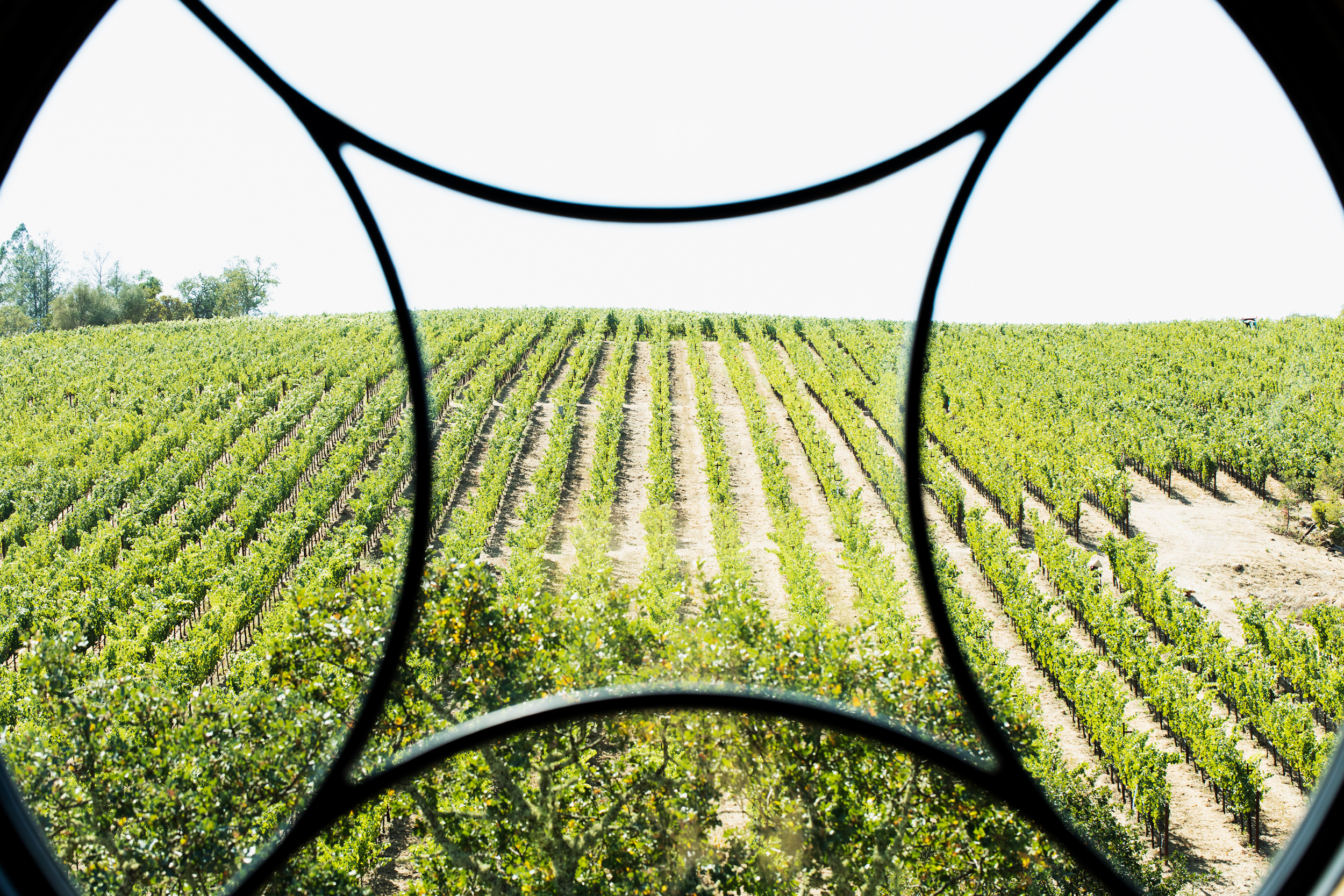
Paradise Regained
In the 1880s, before Lorenz Peterson staked his flag in Napa wine history, he was a ship’s captain. He left his home in Denmark in the 1860s for a life at sea, eventually landing in San Francisco. With his savings, he and his family migrated north to the burgeoning viticultural area of Napa Valley. He purchased 160 acres on Diamond Mountain, built a stately home, and planted grape vines to make wine. Back then, someone who grew grapes and made wine was called a vineyardist. Lorenz named his estate Calarcadia, an amalgamation of California and Arcadia, a reference to his “California paradise.” However, in 1919, as Prohibition loomed, the vines had to be replaced by fruit trees. The property was no longer home to a vineyardist until 2000 when Dirk Fulton and Becky Kukkola bought it.

Specifically, Dirk and Becky had their hearts set on a mountain site, which is the most difficult to establish but potentially the most rewarding.
“Becky and I were raising our three children in the East Bay waterfront community of Benicia,” Dirks recalls. “This functioned as an easy jumping-off point for our many visits to Napa Valley.”
Assembling a few wine-growing consultants to assist in their search, including viticulturist Jim Barbour, they researched many sites, looking for their ideal mosaic of soil types, including rhyolitic and Aiken loam soils. They also focused on finding an aspect that afforded north and northeast exposures.
"We wanted that intangible element of a property having a ‘soul’"
“But we not only wanted to acquire a site that could produce world-class Cabernet Sauvignon. We wanted that intangible element of a property having a ‘soul,’” Dirk says. “A property that spoke to us. The historic Calarcadia winery site on Diamond Mountain checked all the boxes.”
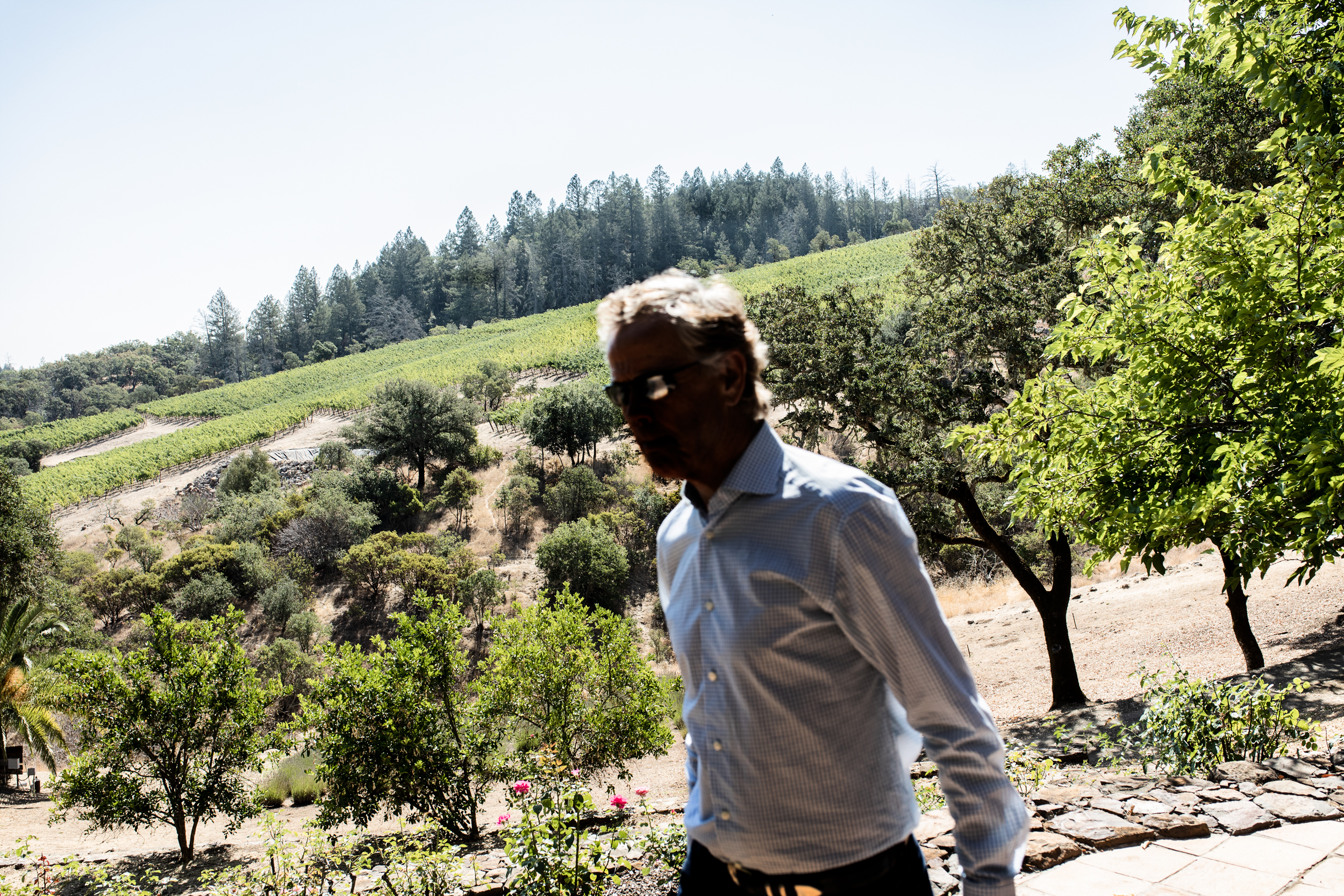
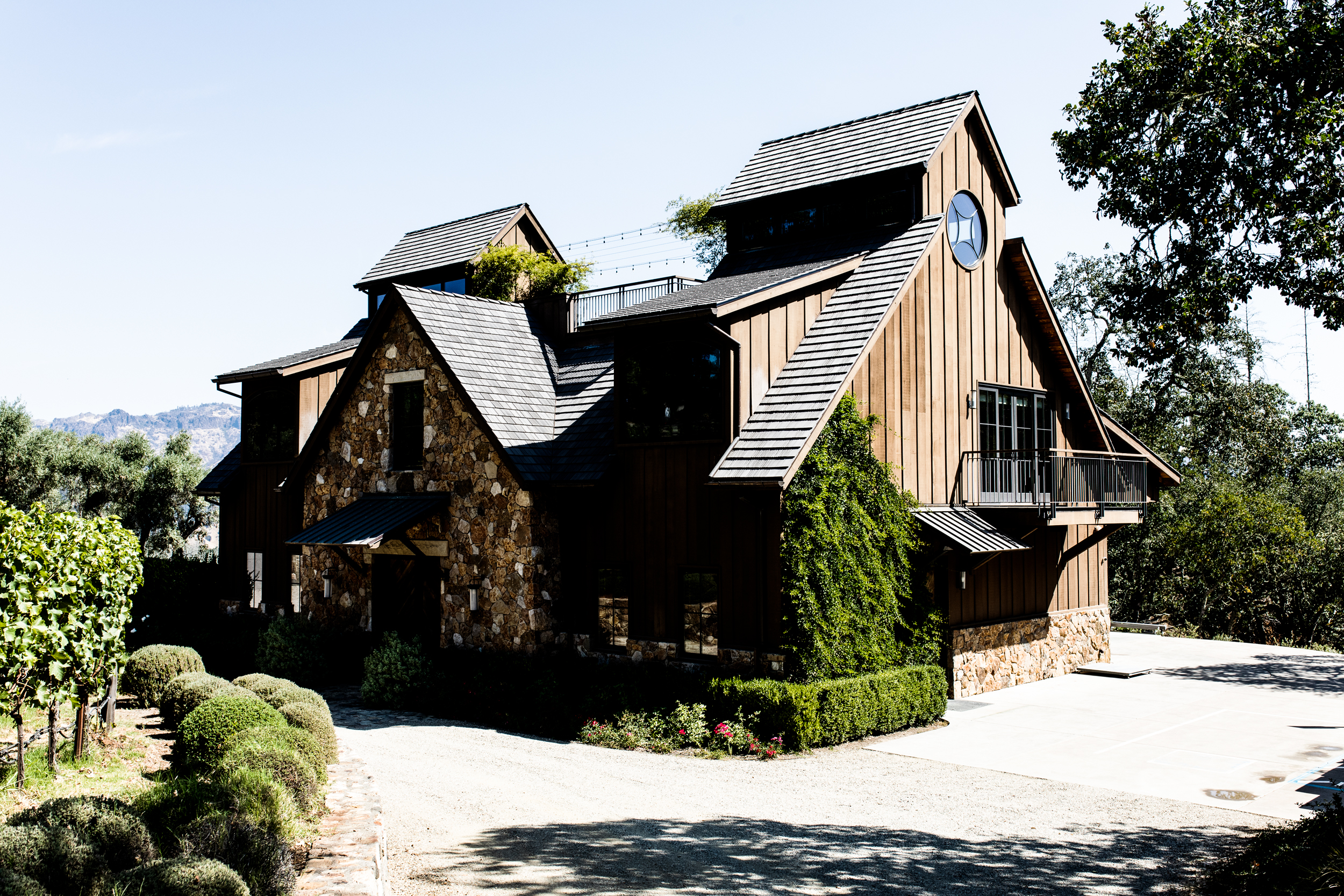

Becky and Dirk purchased Calarcadia Ranch in 2000—the fourth family to own the property. The same Victorian manor house built by Lorenz Peterson in 1879 is their home today. Lovingly restored to its former glory, a wall displays copies of old photos of Peterson’s farm and vineyard. Becky shows me a picture of Ma Peterson on the same porch where we stand, churning butter. She and Dirk maintain the Petersons’ diverse agricultural farm ethos.
“The estate is not only a vineyard and winery but also a small, certified organic farm,” Becky explains. “We have citrus groves, and we sell our citrus fruit year-round. We have lavender fields, olives for our olive oil production, culinary herbs, vegetables, and edible roses. We find great pleasure in getting up in the morning to pick our food and flowers, as well as hiking in the vineyards and exploring the wilds of our open space. It’s remote, but our family and friends also love the 183-acre property, so we are never wanting for people around.”
But the lifeblood of their renamed The Vineyardist Estate comes from the fruit of the vines. When Dirk and Becky bought the property, there were none. Jim Barbour planted their original seven acres of vineyard in 2002. Today, the entire property includes 183 acres, with 24 acres planted to vines. There are two separate vineyards: Calarcadia and Heritage Ridge. Calarcadia, named after Peterson’s ranch, includes the bulk of the plantings—around 23 acres. Heritage Ridge is a tiny, one-acre plot next door to the house, planted entirely to Cabernet Sauvignon Clone 33.
“Heritage Ridge is always the last fruit to come in,” says Dirk. It’s very different from Calarcadia. The soil is iron-rich Aiken, and it’s all dry farmed. It’s 1.1 acres, to be precise, with 3 feet by 5 feet spacing. We get about 2 tons per year off this. This is always about two weeks later than Calarcadia.
"The estate is not only a vineyard and winery but also a small, certified organic farm."
The Calarcadia Vineyard is the source of The Vineyardist’s flagship wine. It consists predominately of the rocky/volcanic soil typical of Diamond Mountain. Extending in elevation from 800 to 1400 feet, it sits on the north-facing flank of the estate.
The original Calarcadia winery no longer exists, but the Fultons’ impressive new winery was finished in 2013. In the early years, the wines were made off-site by Mark Herold. The first five vintages—2004 to 2008—were all declassified and never sold. In 2003, Phil Coturri took over as viticulturist, and in 2018, Tony Biagi became the winemaker. They continue to work together today.
“I love this vineyard,” says Tony as I sit to conduct a retrospective tasting with him and the Fultons. “I love working with Becky and Dirk. These guys actually live on their property, so I can check in with them anytime. This is one of the best sites I’ve worked with. Phil is here a lot, too. Phil and I have a great relationship.”
While the Fultons’ original plantings were 100% Cabernet Sauvignon, subsequently, a little Cabernet Franc and Merlot have been planted, along with a small plot of Sauvignon Blanc and Sémillion. The Sauvignon Blanc is a Musque/Eisele Vineyard (Araujo) Clone. With the new plantings, a couple of new labels have been established in recent years: Notre Mystere (a Cabernet Franc dominate blend) and the Sauvignon Blanc. And, since 2012, a second label has been made called Lazy Susan.
“From the Calarcadia Vineyard, we now have 20 micro-blocks making 400 cases out of 18-19 acres,” says Tony. “The best lots go into the Calarcadia label, and then the rest gets declassified into Lazy Susan or sold for bulk. If the fruit isn’t up to standard, we don’t use it.”
These wines tell stories about this Californian paradise that was lost and regained.
Together, we tasted vintages of the Calarcadia Vineyard Cabernet Sauvignon from 2015 to 2022 and the Heritage Ridge back to 2016. Having tasted most of these vintages individually before, it was exciting to view them as a collection, offering a clear picture of the signatures of the vineyards. While both sites produce intense wines with impressive energy and freshness, the Heritage Ridge tends towards a shimmery earth and mineral-inspired expression, while Calarcadia Vineyard is more perfumed, spicy, and opulent. Given the people behind this project, the standards are uncompromising. What’s more, true to Dirk’s and Becky’s original goal, these wines tell stories about this Californian paradise that was lost and regained.


PRODUCERS IN THIS ARTICLE
> Show all wines sorted by scoreMore articles

Bordeaux 2023 Vintage Report and Reviews from Barrel
09th May 2024
649 tasting notes

Cathiard Vineyard New Releases
02nd May 2024
3 tasting notes
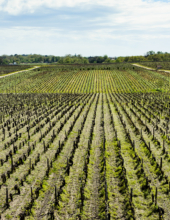
Bordeaux 2023 Preliminary Vintage Report and Reviews from Barrel
29th Apr 2024
56 tasting notes
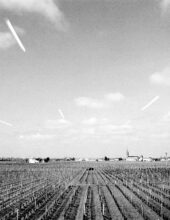
2021 Bordeaux in Bottle and A Modest Proposal
24th Apr 2024
599 tasting notes
Show all articles